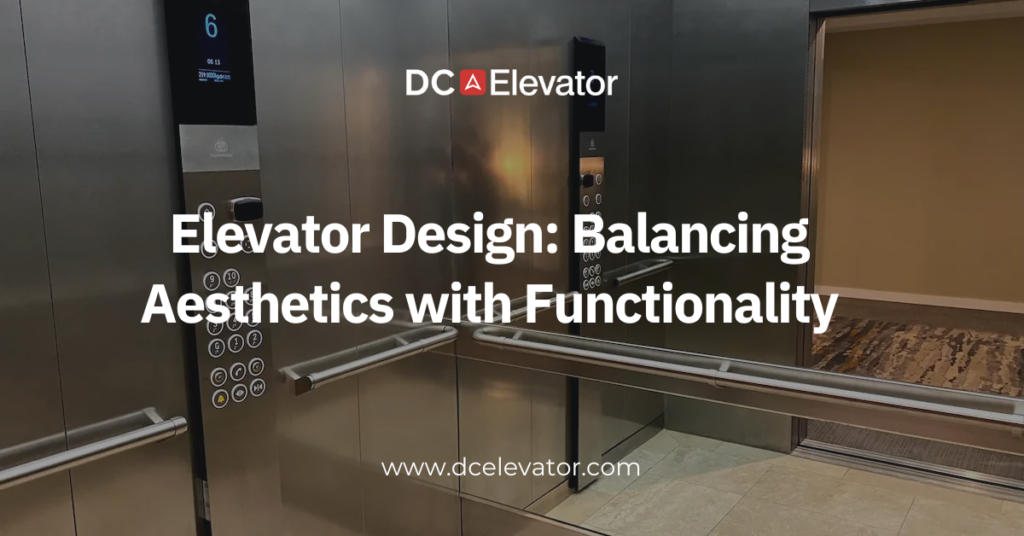Elevator design plays a crucial role in both form and function, as it serves as a vertical transportation system within buildings. In recent years, there has been a growing emphasis on combining aesthetics with functionality to create visually appealing and efficient elevator designs. This blog post explores the importance of striking a balance between aesthetics and functionality in elevator design, showcasing how innovative approaches can transform these everyday machines into works of art.
The Role of Aesthetics in Elevator Design:
Aesthetics play a significant role in modern architecture, and elevators are no exception. Elevator design has evolved from being purely functional to becoming an integral part of the overall building design. With advancements in materials, lighting, and finishes, elevators can now be customized to complement the surrounding architecture, creating a visually cohesive and appealing space.
Incorporating Functionality into Elevator Design:
While aesthetics are important, the primary function of an elevator is to transport people safely and efficiently. Elevator designers must consider factors such as capacity, speed, accessibility, and energy efficiency to ensure a smooth and reliable user experience. Incorporating advanced technologies, intelligent controls, and ergonomic interior layouts can significantly enhance the functionality of elevators, making them more user-friendly and efficient.
Innovative Design Elements:
A. Material Selection: The choice of materials can greatly impact the aesthetics and functionality of elevators. From sleek stainless steel to glass panels, designers have a wide range of options to create visually stunning and durable elevator cabins.
B. Lighting and Ambiance: Proper lighting can transform the interior of an elevator, enhancing the overall experience for passengers. LED lighting, programmable color schemes, and ambient lighting options can create various moods and aesthetics within the elevator cabin.
C. User Interface: Intuitive and user-friendly interfaces are essential for an efficient elevator experience. Touchscreens, smart destination control systems, and voice-activated controls improve functionality while adding a modern touch to elevator design. d. Safety Features: Balancing aesthetics with safety is crucial in elevator design. Incorporating safety features such as emergency communication systems, fire-resistant materials, and sensor technology ensures the well-being of passengers without compromising the overall design.
Case Studies:
Highlighting a few exceptional examples of elevator designs that successfully balance aesthetics with functionality. Explore real-world projects where architects and designers have pushed the boundaries of traditional elevator design to create visually striking and efficient transportation systems.
Elevator design has evolved beyond mere functionality, with aesthetics now playing a vital role in enhancing the overall building experience. By finding the right balance between aesthetics and functionality, architects and designers can create elevators that not only transport people efficiently but also become captivating elements of architectural design. As technology advances and creativity flourishes, we can expect even more innovative and visually stunning elevator designs that seamlessly blend into their surroundings while providing an exceptional user experience.
